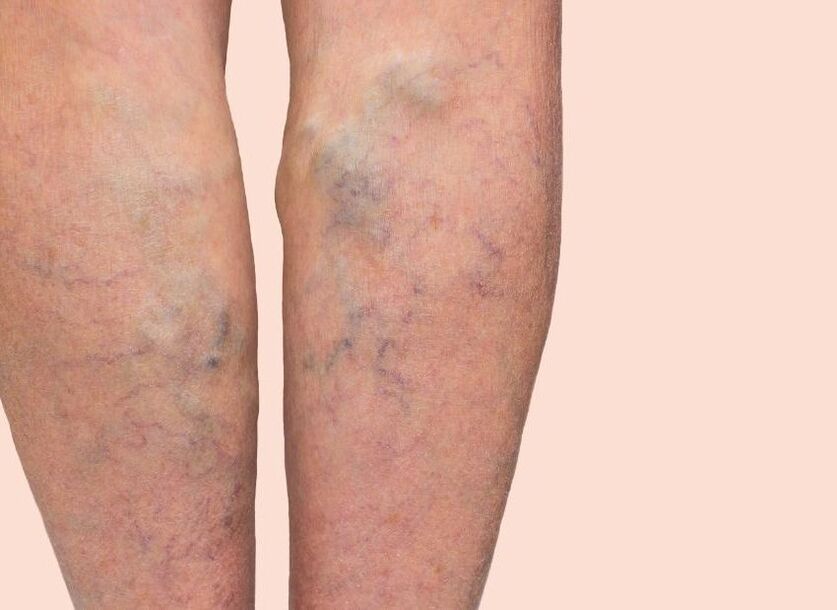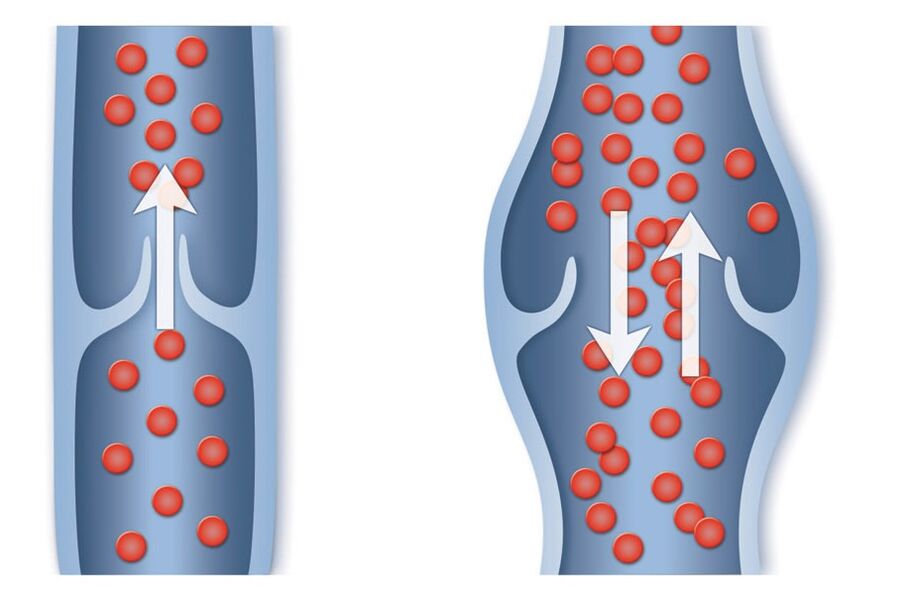Varicose veins: What is it?Surely, after reading in many places dedicated to this problem, he realized that under the word "varicose" is a systemic disease: varicose veins of the lower extremities.
Varicose veins are dangerous
Varicose veins: What is it?Varicose veins: Why is this disease dangerous?Surely, after reading in many places dedicated to this problem, he realized that, under the word "varicose", a disease is hidden: the varicose veins of the lower extremities.And this article is not only about varicose expansion, the problem is much deeper.Varicose veins are a systemic disease, and with a systemic disease, several organs and systems suffer.Especially where an increase in the load is found in the veins.Then, in a woman who gave birth to a small pelvis, in adolescence, the varicocele develops the varicose veins (the varicocele develops - the expansion of the veins in the scrotum, the veins of the esophagus and the stomach are also expanding, and the hemorrhs develop with chronic constipation - the hemorrid veins that expand.do they appear in such different places?

Reason is usually hereditary.This is the weakness of the connective tissue of the venous wall.So that the vein does not expand under constant loads and remain a diameter, it has a special frame (or as women say "support corset").So, this frame in the vein wall works a special protein: type II collagen.If an insufficient amount of this specific protein is inherited, then it is not enough in the vein wall.The vein frame function gradually decreases and under constant pressure begins to expand.Once an expanded vein will never return to the previous size.Your diameter over time will be increasingly.
The main function of the human venous system is the return of the blood of the organs to the heart.With varicose veins, this function begins to suffer, and subsequently, the blood stagnates in the expanded veins.This is especially indicative with the varicose veins of the lower extremities, when they begin to bulge and in the vertical position of the body they look like inflated balls, and in advanced cases such as "grape groups".The varicose veins in the legs themselves cannot damage a person, but the stagnation of the blood in them leads to the development of complications of the varicose veins: thrombophlebitis, trophic eczema and ulcer.In order not to bring these serious and difficult problems to treat, it is necessary to eliminate varicose veins.Therefore, venous stagnation will disappear, and with it the threat of complications.
Another important factor in the development of varicose veins is the safety of the valve apparatus of the main surface veins (large and low subcutaneous).In each vein there are special valves: these are two thin wings, which, when the blood passes, opens to the heart and then hit, preventing blood from blood from returning to the leg.With an increase in the diameter of the vein, these belts extend and begin to pass the blood in the opposite direction.In addition, with the progression of varicose veins, the belts are simply torn and stop fulfilling their main functions.

At this stage of varicose veins, the patient is offered to get rid of varicose veins by methods.
There are several more theories of varicose veins: it is endocrine, mechanical, constitutional.But its percentage is so small that it makes no sense to stop in them in more detail.
In short, I would like to say once again that varicose veins is a systemic disease that manifests itself in the weaknesses of the venous wall frame, and that arises in any organ where an increase in the load falls over the veins.
According to studies, if both parents have varicose veins, then the risk of this disease in children increases by 60%.Therefore, if you have relatives suffering from varicose veins of the lower extremities, then you need to know the predisposing factors that can serve as an impulse for the beginning of the varicose veins.
Risk factors for the development of varicose veins:
- Length(more than 50% of the working time)
- Gravity(engines, athletes)
- Excess weight and obesity(Leg load increases)
- Inactive lifestyle("Office work")
- Pregnancy and childbirth(especially repeated)
- Chronic constipation(Increased intra -abdominal pressure)
- Taking hormonal drugs(including contraceptives)
- Private and long air trips("Varicosa Economic Class")
- Thermal loads(bathrooms, saunas, hot baths)
- High heels(When the center of gravity moves, the load in the legs increases)
Of course, this is not all, but the main reasons that are significant for the appearance of varicose veins.Therefore, the timely diagnosis and identification of the first symptoms of the disease will help in the early stages to get rid of the progression of varicose veins and their complications.























